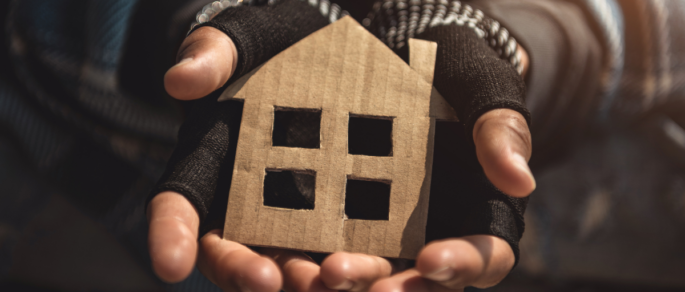Victoria’s homelessness rate worsens

Frontline tenancy services a key part of preventing homelessness
Victoria’s rate of homelessness has worsened, according to disturbing findings of a new population snapshot.
The state’s homelessness rate has steadily climbed over four consecutive census surveys to reach 47 people per 10,000 population in 2021.
In 2006, the homeless rate was 35 people per 10,000 in the population.
Overall, 30,660 people were estimated to be homeless in our state on census night – 10 August, 2021. This represents a jump of 24% since the survey was previously taken in 2016.
‘These are very concerning trends for our state,’ said Tenants Victoria CEO Jennifer Beveridge.
‘Two years on from when this data was collected, we are not hearing that it’s getting any better for the renters experiencing disadvantage that our services assist daily.
‘It’s critical for government to recognise that the tenancy support services we offer people are a key part of the early intervention effort against homelessness – and appropriately fund our frontline services.’
Meanwhile, more than 122,000 people across Australia experienced homelessness on census night, an increase of 5.2% from 2016. One in five people experiencing homelessness nationally were Aboriginal and Torres Strait Islander peoples.
The national rate of homelessness was 48 per 10,000 people in 2021, down from 50 people per 10,000 in 2016. Taking a longer lens, the national rate of homelessness in the 2006 census was 45 per 10,000 people.
Among the categories of people experiencing homelessness, Victoria had the highest proportion of people living in boarding houses in the nation.
A striking feature of the 2021 census conducted by the Australian Bureau of Statistics (ABS) was that Melbourne and Shepparton were in lockdown on the night the population snapshot was taken. The rest of the state meanwhile had just emerged from lockdown.
The definition of homelessness used for the census includes far more than the stereotype of ‘rough sleepers’.
Homeless situations range from people without any roof over their head – that is, living in tents and sleeping outdoors – to those living in supported accommodation for the homeless, in other temporary accommodation or in boarding houses. People forced to stay temporarily with other households, including ‘couch surfing’, are also defined as homeless.
Another category of homeless people is those living in ‘severely crowded’ homes where four or more extra bedrooms would be needed to adequately accommodate those living there.
Read more on the ABS website.